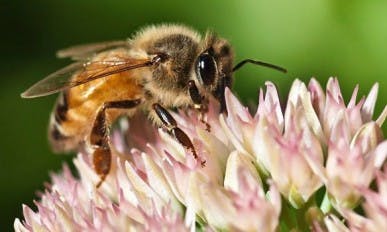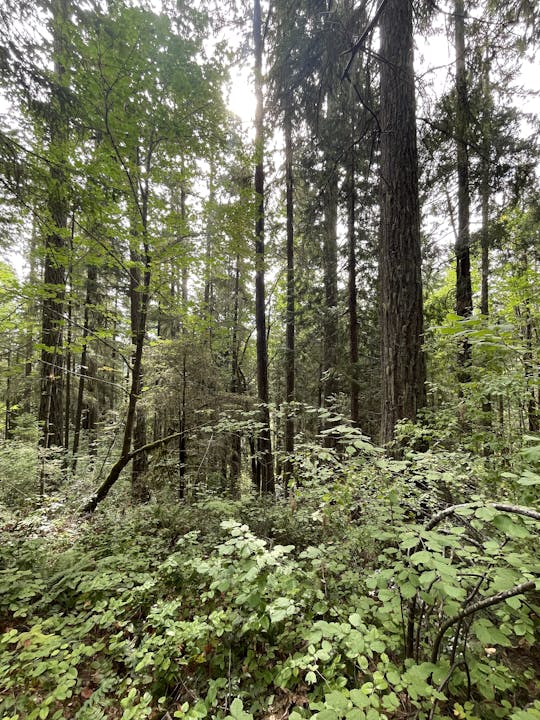Nodding Onion | Allium cernuum

_at_Waterton_Lakes_National_Park_-_Flickr_-_Jay_Sturner.jpg?ixlib=rb-1.1.0&w=2000&h=2000&fit=max&or=0&s=2d474fc7ee6a69ab2061df98c3c93b53)


_at_Waterton_Lakes_National_Park_-_Flickr_-_Jay_Sturner.jpg?ixlib=rb-1.1.0&w=2000&h=2000&fit=max&or=0&s=2d474fc7ee6a69ab2061df98c3c93b53)

Star-like blossoms on downward-facing umbels dangle from each hooked stem, in shades of cream, pink, and lavendar. Grows best in full or partial sun and a variety of moist soil conditions including clay. Easy to grow and will gradually spread by seed and bulbs. Plant in mass for a stunning display. Like all the Allium species, Nodding Onion has a pungent smell when bruised, making it deer-resistant. A native bee magnet!
Plant Details
| Habitat | Mixed Conifer-Hardwood Forests, Upland Prairies |
|---|---|
| Habitat Notes | Dry meadows, grassy wooded banks, and on marshy ground. Often found in roadside ditches and swales. This species spreads easily once established |
| Phenology | Perennial; flowering May-July |
| Mature Height | Up to 2 feet |
| Shade Preference | Full sun, light shade |
| Soil Tolerance | Moist soils including sandy loam and clay |
| Special Uses | Attracting native bees. Edible. Deer-resistant |




